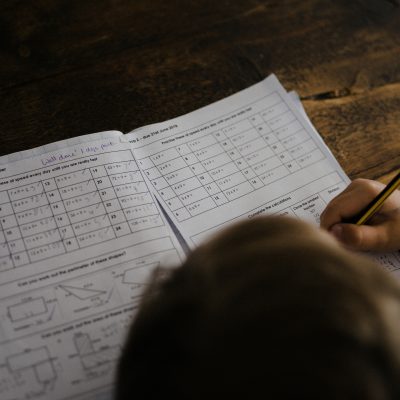Are Phones In School Actually Good?
A phone. A wonderful invention where you can call whoever you want, talk to whoever you want wherever you want, take pictures, play games, etcetera! It’s a pretty wondrous device, but it’s common to be a distraction to students during the school day. Constantly checking messages, social media, watching videos. Raise your hand if your parents ever blamed your phone for anything insignificant! But don’t you also think that the rules have become too strict? Especially when you’re unable to use it during your break time. This has bothered me for a while, and it’s probably bothered you, too. Let’s dive into the pros and cons of being able to have your phone out during the school day.
Pro: Students Will Be More Quiet
Break time is limited. Students who are in middle school now (especially the ones in exam schools and harsher schools) have limited break times compared to elementary students. No recess and no snack time. Wouldn’t it be fair if we were able to use our phones during lunchtime? After all, lunch is our only break. Not to mention that the school’s Chromebooks are restricted from inappropriate materials, sometimes that also includes simple videogames! In this case, the phone is private property. Whatever you do on them, that’s your business. Besides, it has nothing to do with your education! Also, haven’t you always noticed how loud cafeterias can become? With a phone, it can temporarily pacify students from speaking too loud or getting up from their seats! The teachers would get a peaceful lunch break, and the students would get to spend their break time however they want!
Con: Students Can Become Louder
Adults love their break times just as much as we kids do! But they already deal with so much throughout the school day. Having to redirect students back to the lesson, yelling, all of that! So it would be pretty sad if their break was used to tell students to stop screeching just because they lost a game! Because, of course, different students have different interests, so it won’t all just be scrolling and liking. So what’s the solution to this? Send the loud students to the gym so they won’t disturb the other students too much! And of course, not disturb the adults. This is also a great way for sporty students to exercise since we don’t have recess anymore! This way, students still get to scroll on their phones, and the loud students get to screech their vocal cords out without any repercussions!
Pro: A Last Resort During Emergencies
Sometimes danger could occur in the school, and we would need to call someone to help out with the situation. Sometimes, we might get separated from an adult during an emergency, so having our phones could alert another adult nearby or summon another adult to help. The current procedure is to go with another class if you get separated from your teacher. But what if you’re all alone, isolated from anyone else?
Con: Phone Used Recklessly
Of course, this could be used recklessly during emergencies. For example, safety mode! I think that we all know what safety mode is. But for the people who don’t know, safety mode is when an intruder or suspicious person enters the school. The entire school goes on lockdown until the person is restrained. Usually, during this procedure, doors are barricaded to prevent the intruder from entering, lights are turned off to avoid drawing the intruder’s attention, and all students hide in a corner and stay quiet. But you have to remember that most of us are only children, sometimes we get really scared. Scientifically, panic makes the brain think irrationally. And let’s say the student calls 911! Solution: Help the student calm down, tell them everything’s ok, and take away their phone to avoid further disturbances.
Pro: Phones Connect Students
It connects people. I have seen many students with their Nintendo Switches and other devices during dismissal and club hours. Students bond with each other with their interests and passions, creating connections that strengthen their relationships. This could also help with how they view each other during academic hours and ease compatibility. Let’s say both students were partners in a project! If they’re familiar with each other since they play together during lunchtime, it could make things less awkward, and they’re ready to dive into the project without having to introduce themselves!
Con: Can lead to distraction during learning time
However, we all know that ELA isn’t as interesting as Dress to Impress on Roblox. So sometimes, students can slack off to cope with their boredom. Of course, this steers students off of the topic at hand and could deter them from their learning. This is already a common problem in schools. But the best solution that could help with this problem is to incorporate the student’s interests in the lessons. Or let’s say we’re learning about algebra, you can’t include Dress to Impress in the lesson. So, the best solution? Steer the student back to the lesson with a warning. If this continuously happens, it’s best to call their parents.
Most of these common problems adults see as the phone’s fault, in fact, are not, and they can be solved very easily! And all of the solutions don’t require banning student’s privileges completely! This is coming from a middle schooler who gets beyond exhausted during lunch, with everyone screeching and bored with nothing to do! What can we do? No recess! In the end, we’re all just kids.
This article was written in partnership with Steppingstone.










